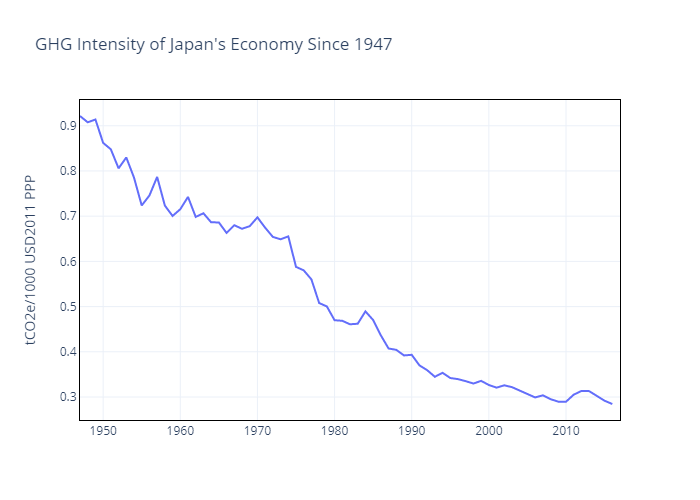
1/n Today we published a model-based assessment of the grid integration costs of VRE.
Note: we only look at profile and balancing costs, not network costs.
Here I summarize the results in 6 easy tweets.
Note: we only look at profile and balancing costs, not network costs.
Here I summarize the results in 6 easy tweets.
2/n
In all scenarios we study, a short-term 'optimal' level of VRE is substantially higher than current levels, in the order of 40% of total generation.
This is robust to assumptions on demand, storage cost, cost of capital, retirement of end of life assets, etc.
In all scenarios we study, a short-term 'optimal' level of VRE is substantially higher than current levels, in the order of 40% of total generation.
This is robust to assumptions on demand, storage cost, cost of capital, retirement of end of life assets, etc.

3/n
The substitution of expensive energy with cheap VRE allows total system costs to decline as we approach 'optimal VRE', even as total system-wide fixed costs go up.
Basic point: cheap energy + expensive capacity is a winning combination for substantially higher VRE.
The substitution of expensive energy with cheap VRE allows total system costs to decline as we approach 'optimal VRE', even as total system-wide fixed costs go up.
Basic point: cheap energy + expensive capacity is a winning combination for substantially higher VRE.

4/n
Despite cheap BES, the model has to draw on something to meet infrequent parts of net load that can't be served by BES.
This is best met by better market integration across states, pumped hydro, and if absolutely necessary by low sunk cost natural gas.
Despite cheap BES, the model has to draw on something to meet infrequent parts of net load that can't be served by BES.
This is best met by better market integration across states, pumped hydro, and if absolutely necessary by low sunk cost natural gas.

5/n
The model builds BES in all scenarios, but builds a lot when RE is forced high, when storage costs are low, or when no new gas can be built.
BES economics require frequent cycling to be economic. High VRE (solar) creates the conditions for lots of BES to be economic.
The model builds BES in all scenarios, but builds a lot when RE is forced high, when storage costs are low, or when no new gas can be built.
BES economics require frequent cycling to be economic. High VRE (solar) creates the conditions for lots of BES to be economic.

6/n
Once storage energy costs drop to 80 USD/kWh (likely by 2030), storage costs alone are enough to drive more solar build out and reduce (but not eliminate) the need for some gas seasonal peakers.
Once storage energy costs drop to 80 USD/kWh (likely by 2030), storage costs alone are enough to drive more solar build out and reduce (but not eliminate) the need for some gas seasonal peakers.

7/n
VRE starts to shape the economics of the rest of the power system as its share grows. Unless we exogenously constraint VRE, the model never builds new coal, because its CUF is too low for it to be economic.
To tap cheap energy from VRE, capital intensive new coal goes.
VRE starts to shape the economics of the rest of the power system as its share grows. Unless we exogenously constraint VRE, the model never builds new coal, because its CUF is too low for it to be economic.
To tap cheap energy from VRE, capital intensive new coal goes.

8/n
To my knowledge this is first study to look in detail at VRE integration costs. We capture the full sunk costs of all existing plant, in order to fully reflect the system cost impact of lowering thermal CUF. Even so: VRE wins.
To my knowledge this is first study to look in detail at VRE integration costs. We capture the full sunk costs of all existing plant, in order to fully reflect the system cost impact of lowering thermal CUF. Even so: VRE wins.
• • •
Missing some Tweet in this thread? You can try to
force a refresh












